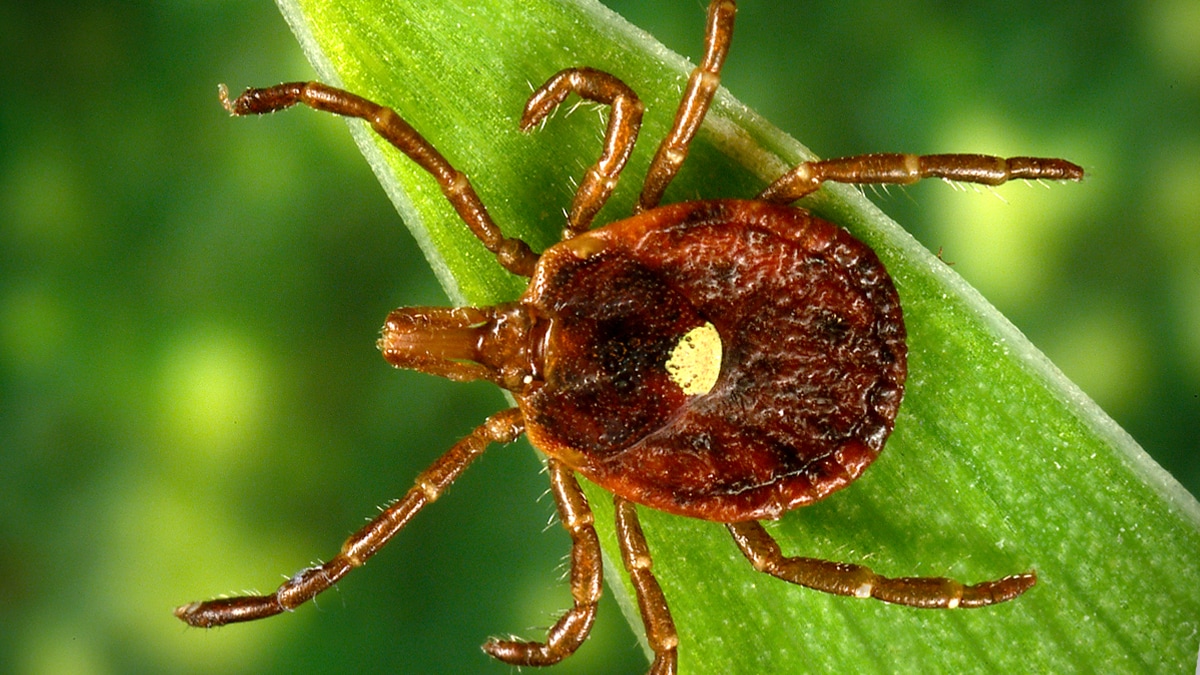What to know
In the past decade, dangerous vector-borne diseases have increased. These diseases, caused by bacteria, parasites, and viruses, are transmitted through the bites of vectors, such as ticks, mosquitoes, and flies. CDC uses AMD methods to understand those diseases, which has led to discoveries of previously unknown bacterial and viral threats.

Challenging mosquito-borne disease
Mosquitoes can leave more than an irritating itch when they bite. Mosquitoes also can infect people with pathogens. Over the past few decades, some mosquito-borne diseases have been eliminated, but new ones continue to crop up and spread. For instance, malaria has been eliminated in the United States for years, but chikungunya and Zika continue to be a threat.
AMD technologies are helping CDC scientists address the challenge of mosquito-borne diseases. With next-generation genomic sequencing and other technologies, CDC scientists can generate comprehensive genetic descriptions of mosquito-borne viral strains. Scientists can also identify changing mosquito-borne diseases and even track insecticide resistance in mosquito populations.
AMD methods also help scientists rapidly develop highly specific diagnostic tests for emerging mosquito-borne viruses. Using AMD, scientists can monitor changes in the genomes, improve understanding of transmission, and increase the ability to predict outbreaks.
See also Fighting Malaria on Three Fronts

Tracking tickborne diseases
For people who work and play outdoors, ticks can be a serious health threat. Public health officials estimate that hundreds of thousands of Americans seek medical care for symptoms of tick bites each year. Tick bites can result in serious or deadly diseases, such as anaplasmosis, babesiosis, ehrlichiosis, Rocky Mountain spotted fever, and Lyme disease.
Prompt diagnosis and treatment of tickborne diseases can save lives. Unfortunately, early symptoms of most tickborne diseases are similar and nonspecific, which can make clinical diagnosis challenging. Scientists are applying AMD methods to the study of human and tick specimens and are uncovering even more, previously unknown, bacterial tickborne pathogens infecting patients.
Scientists developed a single assay called targeted 16S metagenomics. When the assay was applied to 30,000 specimens from patients suspected of tickborne illness, researchers found new data. The data included the first human infections due to two tick-associated bacteria Borrelia johnsonii, and a novel Anaplasma species. The researchers also found several other new agents not previously associated with human illness.
Additionally, 19 different bacterial pathogens were identified in the clinical specimens tested, including 12 vector-borne pathogens. Results from these studies indicate that AMD methods help improve and simplify laboratory diagnosis of tickborne pathogens. The methods also accelerate pathogen discovery in order to directly benefit patient care.

Learn more: Tickborne disease
- "Surveillance for and Discovery of Borrelia Species in US Patients Suspected of Tickborne Illness," Kingry, Luke C., et al., Clinical Infectious Diseases 66.12 (2018)
- "Targeted metagenomics for clinical detection and discovery of bacterial tick-borne pathogens," Kingry, Luke C., et al., Journal of Clinical Microbiology 58.11 (2020)
- "Targeted metagenomics offers insights into potential tick-borne pathogens," Thoendel, Matthew., Journal of Clinical Microbiology 58.11 (2020)
